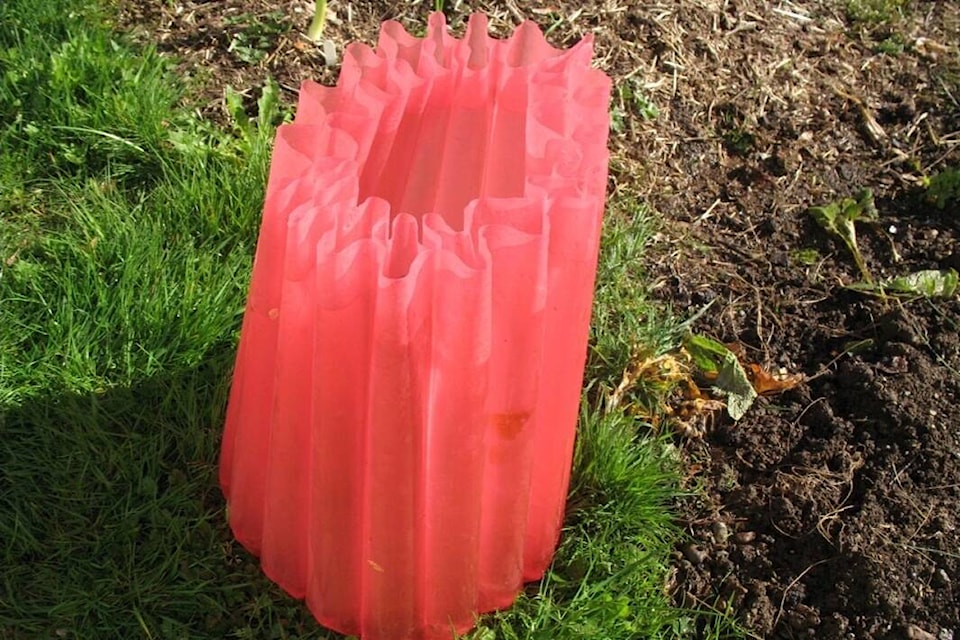By Mary Lowther
Fewer daylight hours and snow on the ground means more time for garden planning. It seems such a short time ago I was bounding outside during the cool of the early morning to squeeze an hour of gardening in before the heat of the day; now we’re socked in with snow, so the best a smart grower can do is take advantage of this down time to plan next year’s work. Perhaps we call our gardens “plots” because gardening without a plan is like driving a car without learning the rules of the road.
My neglected binder reappears this time of year to be dusted off and revised, figuring out what to plant where, what experiments I want to try and how the plot worked out this year. I have divided the binder into sections headed by “garden map,” followed by garden plan, experiments and then the various vegetables. My fruit crops went into another binder because one wasn’t big enough.
Having recorded outside temperatures in a dandy journal that David gave me for Christmas five years ago, I averaged the last and first frost dates and plan my garden accordingly. Until now I’ve followed an ad hoc method of when to start and harvest crops based loosely on the seed catalogue from West Coast Seeds, but with local frost dates in hand I can be site specific.
For example, tomatoes require an overnight temperature of at least 10 C and I like to transplant them when they’re fairly large, so I start them inside about two months ahead of the time I put them in the ground. Our average last frost lands on April 23, so I will plan on putting out my “Wall O’Water” tomato protectors a few days before this where they can warm up a bit before I set the tomato seedlings out inside them. I’ll mark in my agenda book the date to start the seedlings inside, the date to fill the Wall O’Waters outside, and when to transplant the tomatoes, planning to remove the protectors when overnight temperatures reach 10 C, which, according to my records, should be around June 10.
I can do this for each vegetable and take the guess work out of gardening with the dates specific to my area, remembering, as Dick Raymond says in his book Down to Earth Gardening Know How, that one should push the envelope at both ends of the season, so I’ll devote a few seeds for earlier and later harvests. Like Mr. Raymond says, all I’ll have lost is a few seeds.
For the unfamiliar, the Wall O’Water is a translucent plastic device that holds (you guessed it!) water, shaped to protect a tomato or pepper plant. The water holds the day’s heat through the night to protect seedlings. I’ve had mine for years, but I checked and they are still available.
Please contact mary_lowther@yahoo.ca with questions and suggestions since I need all the help I can get.
